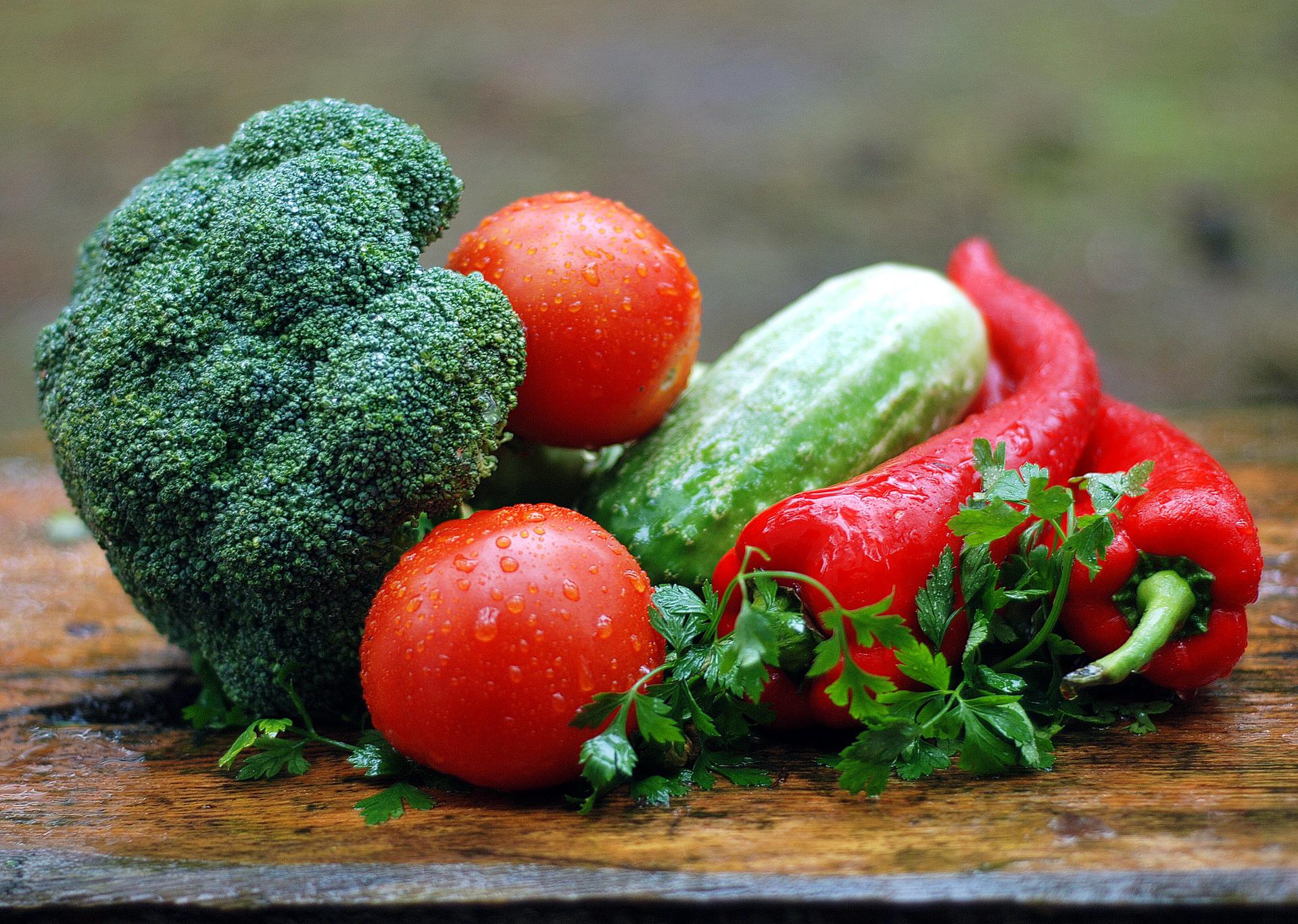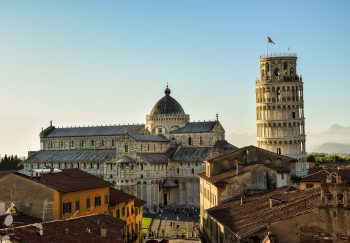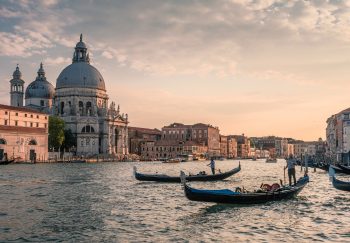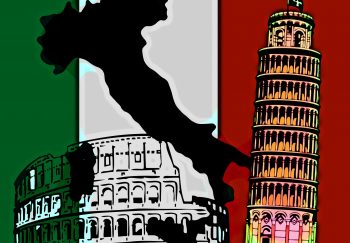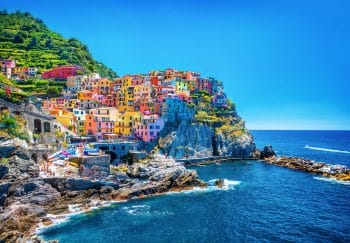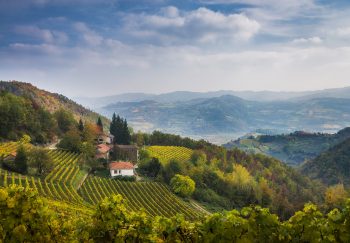You might wonder if you can navigate Italy’s cafes, restaurants, and grocery stores if you are a vegetarian, vegan, or have other dietary restrictions. You can still enjoy the food.
You don’t have to worry about it.
It is true that Italians are not used to avoiding meat and dairy. This means that, while you may get a funny stare if you explain that you are a vegetarian, they will not understand and you will end up with, for example, guanciale in their pasta.
It can be difficult to find restaurants that cater to your needs, even though Italians are used to the idea of being lactose intolerant, celiac, or any other condition.
These are our top tips for eating well in Italy, even if you have a restricted diet.
You don’t need to be concerned about certain ingredients like cream and butter.
It’s not uncommon to find dishes in restaurants from other countries smothered in butter or cream sauces. This isn’t ideal for vegans or those with lactose intolerance. Olive oil is the main ingredient in almost all Italian dishes. Many Italians don’t even have butter. Heavy cream sauces like the ones you need to be cautious of in France are also rare. Even carbonara, which is usually made without cream in Italy, does not contain cream when made by Italians.
You must be on the lookout for cream in Italy’s most popular desserts, such as tiramisu or this millefoglie.
Other traditions, such as grated cheese being poured over pasta in Italian-American restaurants are also common. You may occasionally be offered cheese to go with your pasta. But that’s about it.
Guanciale, or pork jowl, is used in tomato sauces to make various kinds of pasta. However, it’s important that each type of pasta be described. Pancetta also ends up in soups. Fritti can also contain meat or fish, such as fiori di Zucca and supply. The cream is a popular base for desserts like tiramisu and millefoglie.
Lactose-intolerant? You might find Italy more accommodating than you realize.
You might be able to eat dairy products in Italy even if you are lactose-intolerant. One, some people discover that they are not lactose intolerant. They just don’t like the preservatives or additives that are added to milk in the States but not as much in Italy.
Another reason is that cheeses aged with lactose actually consume it. After three months, most lactose is gone. Processed cheeses also have more lactose than other cheeses. Velveeta has 9.3 percent lactose, for instance. You might be able to eat Parmigiano Reggiano (“parmesan”) and pecorino, which are harder, more aged cheeses from Italy. Even if you are unable to eat “parmesan cheese”, you might still be able in Italy. In America, “parmesan” is often a counterfeit. ).
For restricted diets, research restaurants in advance
You can find vegetarian and vegan options in most restaurants. But sometimes you need more. Happy Cow has a list of Italian vegetarian/vegan restaurants.
Celiac disease can also be a problem in Italy. All the staples of Italian cuisine, including pizza, pasta, and bread, are made from wheat. Check out the Italian Celiac Association website if you are celiac. It’s easy to navigate, even though it’s in Italian. Click on the category you want on the left (i.e., “Ristoranti/pizzerie/alberghi/hotel”), then scroll down. If you are familiar with the province, put it on the left. Lazio, RM, Florence, Toscana, FI, Veneto, Veneto, and VE would be Rome. These restaurants are known for their gluten-free menus and celiac knowledge.
You can find out what you can eat in an Italian restaurant.
Grilled vegetables are a great antipasto or contorno choice — they are always a good option, even if your not vegan or vegetarian.
The good news for those on a restricted diet is that certain dishes are well-known in Italy. These dishes are often featured on local menus. You’ll find many amatriciana, cacio pipes, and carbonaras in Rome. In fact, it’s difficult to find a Roman restaurant without these three dishes. While in some countries, the dishes are made slightly differently by each restaurant, this is not the case in Italy. People want to know what they are getting when they order a dish. ).
Make sure you are familiar with the local foods that you can eat before you go. You will find more information at the end about safe choices for different diets.
Be specific about what you do and don’t eat
It can be confusing to say you are vegan even in the States. One vegan may eat dairy, but not eggs, while another might not have ever touched an animal. It is even more complicated in Italy where it is rarer. Don’t be too hard on the waiter. Make sure you are specific. Once you have selected a few items that may be acceptable, ask “E senza gine?” (Is it free of gluten? It’s made without meat. ), “Esenza formaggio?” It’s without cheese? Or “E senza formaggio?” (It’s not with cheese?). ).
Please describe what you can’t eat and how it affects your digestion.
Many Italians don’t understand the concept of a diet as a lifestyle choice. They do know something about digestion, as evidenced by the many yogurts, drinks and other foods that are marketed as “good for digestion”. Consider saying “Non-posso digest …”” instead of “I can’t digest …)” or “I am a vegetarian.”
Order if you are a vegetarian or vegan.
bruschetta This is a traditional antipasto. It’s toasted bread that has been rubbed with oil and garlic. You can also add a variety toppings. Bruschetta al pomodoro, also known as bruschetta with tomato and with meat added to it, is a type of bruschetta.
Pasta all’arrabbiata Literally, this pasta is called “angry pasta” and has a spicy tomato sauce. You shouldn’t add any meat or cheese to the pasta (generally, if the cheese hasn’t been mixed with the pasta as in cacio and pepe, it won’t be added afterward, as is the case in Italian-American restaurants.
Pizza: If you are vegan or lactose intolerant, choose the pizza marinara.This is pizza with tomato sauce (no mozzarella). There are many options for vegetarians, including the classic pizza margherita (tomato sauce, mozzarella). You won’t find meat on your pizza if it’s not listed as topping. Make sure you know what the toppings are! Peperoni is not “pepperoni”, but peppers.
Grilled Vegetables in the Contorni Section:Contorni is Latin for “sides” and you will find many vegetable dishes here, including grilled eggplant, roasted potatoes, and boiled spinach depending on the season.
Order
Polenta: A dish made of boiled cornmeal and a popular choice in northern Italy, polenta is especially well-liked.
Farinata: A type of “bread” made from chickpea flour. It’s very popular in northern Italy, Liguria (including Cinque Terre) and elsewhere.
Risotto: A rice-based dish, which is very popular in Milan, Venice and the north. Ask about gluten in the broth.
Gnocchi: The process of making gnocchi can be different, so it is important to ask. You can make it with potato. Sometimes, however, you might need to use flour. Ask.
